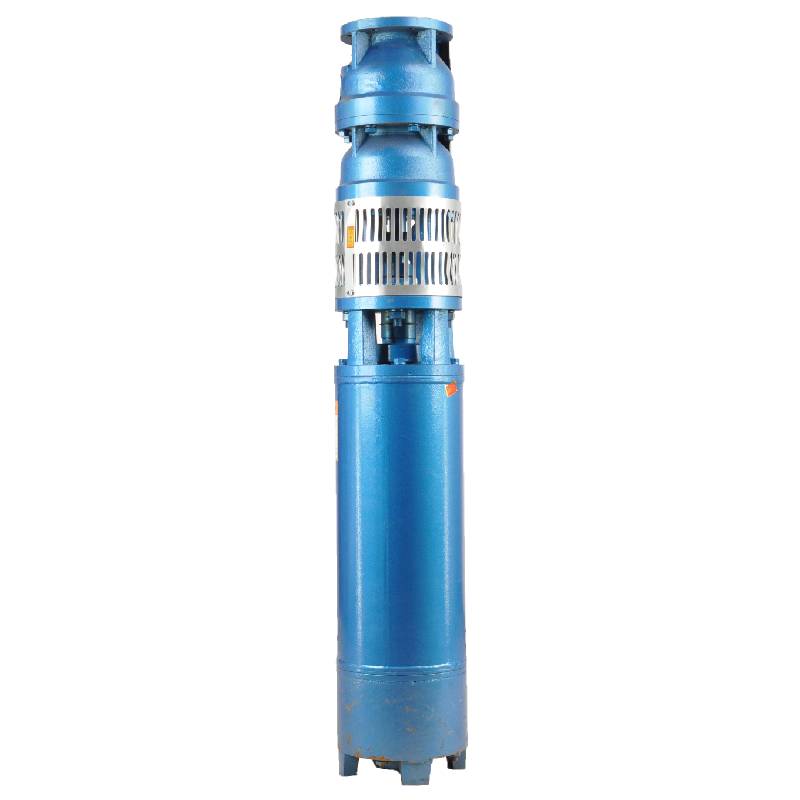Sep . 29, 2024 00:37 Back to list
Versatile Submersible Pumps for Efficient Utility and Wastewater Management Solutions
The Versatility of Submersible Utility Pumps
Submersible utility pumps are essential tools designed for a multitude of applications, providing practical solutions for water removal and management in various settings. Their submerged operation and efficient design make them indispensable in residential, commercial, and industrial environments.
What is a Submersible Utility Pump?
A submersible utility pump is a type of pump that is fully submerged in the fluid it is designed to pump. These pumps are typically sealed to prevent water infiltration, which protects the motor and electrical components from damage. The unique design allows these pumps to push water to the surface, making them particularly effective for removing unwanted water from basements, pools, and construction sites.
Key Features
One of the most significant advantages of submersible utility pumps is their powerful motor, which enables them to handle high volumes of water efficiently. With varying horsepower ratings available, users can select a pump that meets their specific needs. Additionally, these pumps often include features such as automatic shut-off switches, which allow for continuous operation without manual monitoring.
Another noteworthy feature is portability
. Many submersible utility pumps are lightweight and designed for easy handling. This mobility makes them suitable for both permanent installations and temporary applications, such as draining a flooded basement. Moreover, the pumps come in various designs, including those made for clear water and others specifically designed to handle dirty or debris-laden water.Applications
submersible utility pump

Submersible utility pumps offer a multitude of applications. In residential settings, they are commonly used for draining basements during heavy rainfall or after plumbing issues. This application alone can save homeowners from extensive water damage and costly repairs. Moreover, submersible pumps are frequently employed in swimming pools to remove excess water, ensuring clean and safe swimming conditions.
In commercial and industrial environments, these pumps are vital for water management. Construction sites often need to remove groundwater that accumulates during excavation, and submersible pumps provide a reliable solution. Additionally, they are used in agricultural settings for irrigation purposes, allowing farmers to move water easily from one location to another.
Maintenance and Considerations
While submersible utility pumps are relatively low-maintenance, certain factors should be considered to ensure optimal operation. Regular inspection of the power cord, seals, and overall integrity of the pump can help prevent unexpected failures. It's also essential to clean the pump regularly, particularly if it is used for dirty water applications, to minimize clogs and prolong the pump's lifespan.
Choosing the right submersible utility pump involves understanding your specific needs, including the volume of water to be moved, the type of water (clean vs. dirty), and the required head height. Manufacturers often provide performance charts to help consumers make informed decisions based on their pumping requirements.
Conclusion
In summary, submersible utility pumps are incredibly versatile and invaluable tools for various applications. Their ability to efficiently move water in numerous settings—from homes and swimming pools to construction sites and agricultural fields—makes them a necessary addition to any toolkit. Understanding their features, applications, and maintenance needs can help users maximize performance and ensure reliable operation. As water management continues to be a critical concern in many areas, the role of submersible utility pumps will only become more pronounced in upholding efficiency and preventing water-related issues. Whether for everyday tasks or more significant challenges, these pumps stand out as effective solutions for managing fluid movement.
-
Submersible Water Pump: The Efficient 'Power Pioneer' of the Underwater World
NewsJul.01,2025
-
Submersible Pond Pump: The Hidden Guardian of Water Landscape Ecology
NewsJul.01,2025
-
Stainless Well Pump: A Reliable and Durable Pumping Main Force
NewsJul.01,2025
-
Stainless Steel Submersible Pump: An Efficient and Versatile Tool for Underwater Operations
NewsJul.01,2025
-
Deep Well Submersible Pump: An Efficient 'Sucker' of Groundwater Sources
NewsJul.01,2025
-
Deep Water Well Pump: An Efficient 'Sucker' of Groundwater Sources
NewsJul.01,2025
-
 Submersible Water Pump: The Efficient 'Power Pioneer' of the Underwater WorldIn the field of hydraulic equipment, the Submersible Water Pump has become the core equipment for underwater operations and water resource transportation due to its unique design and excellent performance.Detail
Submersible Water Pump: The Efficient 'Power Pioneer' of the Underwater WorldIn the field of hydraulic equipment, the Submersible Water Pump has become the core equipment for underwater operations and water resource transportation due to its unique design and excellent performance.Detail -
 Submersible Pond Pump: The Hidden Guardian of Water Landscape EcologyIn courtyard landscapes, ecological ponds, and even small-scale water conservancy projects, there is a silent yet indispensable equipment - the Submersible Pond Pump.Detail
Submersible Pond Pump: The Hidden Guardian of Water Landscape EcologyIn courtyard landscapes, ecological ponds, and even small-scale water conservancy projects, there is a silent yet indispensable equipment - the Submersible Pond Pump.Detail -
 Stainless Well Pump: A Reliable and Durable Pumping Main ForceIn the field of water resource transportation, Stainless Well Pump has become the core equipment for various pumping scenarios with its excellent performance and reliable quality.Detail
Stainless Well Pump: A Reliable and Durable Pumping Main ForceIn the field of water resource transportation, Stainless Well Pump has become the core equipment for various pumping scenarios with its excellent performance and reliable quality.Detail
